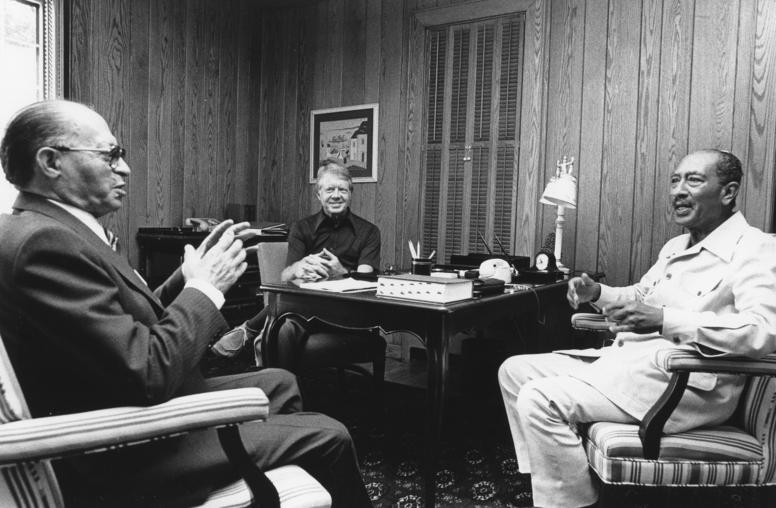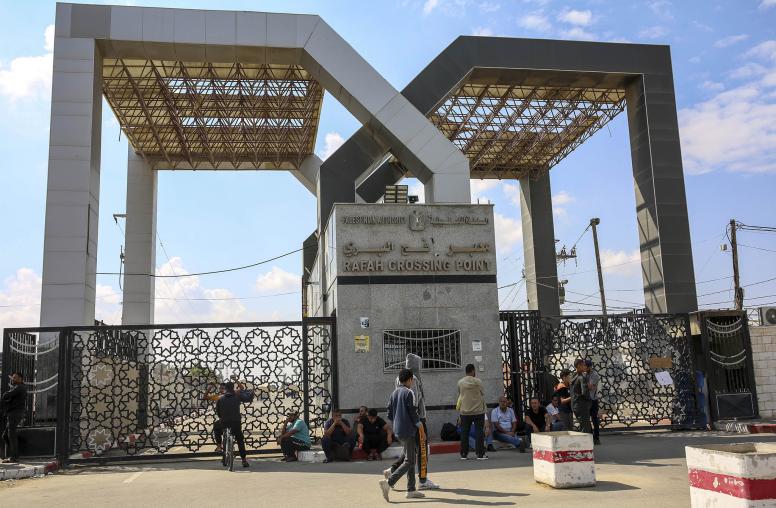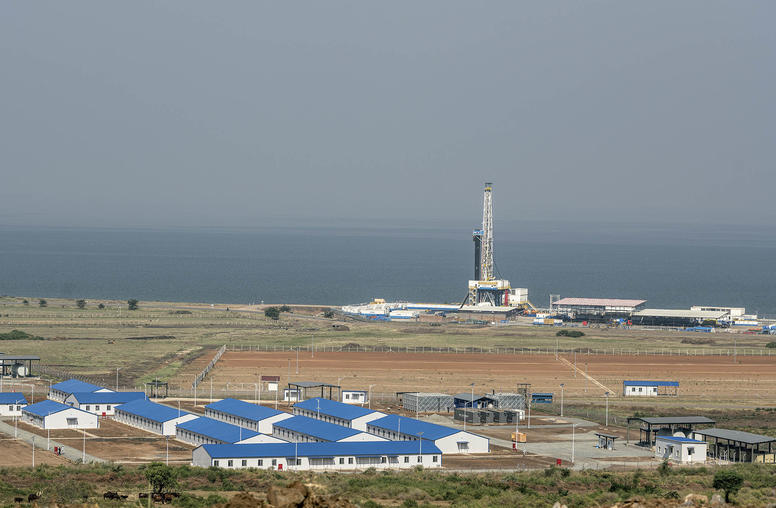Former U.S. Ambassador on Initial Days of Protest
Former U.S. Ambassador to Egypt Daniel C. Kurtzer discusses the demonstrations and protests in Egypt.
January 27, 2011
Daniel C. Kurtzer, former U.S. ambassador to Egypt, member of USIP's Senior Working Group on the Middle East, and co-author, with USIP expert Scott Lasensky, of the USIP Press book "Negotiating Arab-Israeli Peace," discusses the current situation in Egypt. Kurtzer is currently a lecturer and the S. Daniel Abraham Visiting Professor of Middle East Policy Studies at the Woodrow Wilson School of Public and International Affairs at Princeton University.
- How do you assess what is happening politically in Egypt over the past few days as public outcry continues? Is this related to Tunisia?
- What should we watch for next?
- Read additional perspectives >>
How do you assess what is happening politically in Egypt over the past few days as public outcry continues? Is this related to Tunisia?
The demonstrations and protests in Egypt are a continuation – and intensification - of political activity that has been underway for several years. Using new communication tools to rally support and keep the protests alive, demonstrators are demanding an end of the emergency laws that have been in effect for more than three decades, and they want the political system to open up. Recent events in Tunisia surely have influenced the activists in Egypt, but the issues and problems are homegrown.
Despite the demonstrations this week, life in Cairo reportedly is relatively unaffected. Businesses are operating, and there is no sense of panic.
What should we watch for next?
Egyptian President Hosni Mubarak and the Egyptian government are unlikely to make any concessions under pressure. For the government, the first order of business will be to restore order and to bring an end to the street protests. That said, Mubarak has demonstrated a willingness in the past to respond to some public concerns, and thus limited reforms might be announced after calm is restored. However, this is a presidential election year, which puts a premium on stability as far as the government is concerned. As such, the scope of such reforms, should they be announced, is likely to be limited and may not satisfy the minimal demands of the protesters.
Additional Perspectives
- USIP Tracks the Unfolding Situation in Egypt
Check here for a comprehensive look at the situation in Egypt. - Shibley Telhami on Egypt
By Shibley Telhami, former USIP Board Member (2000-2002) - Egypt Today: Historical Context of the Protests
By Qamar-ul Huda, senior program officer, Religion and Peacemaking Center of Innovation - Read more: USIP Tracks the Unfolding Situation in Egypt



